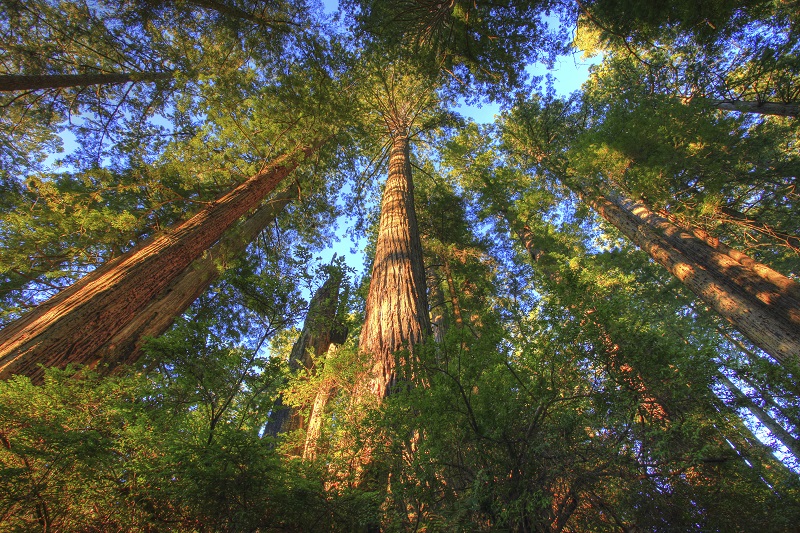
Old-growth redwood forest at Headwaters Forest Reserve. BLM photo by Bob Wick.
Imagine: Trees all around you as far as the eye can see. The sounds of birds chirping and squirrels scampering about. Patches of sunlight flickering in through the branches. If you haven’t guessed it already, you have found yourself in one of the world’s most important ecosystems: a forest!
Covering about one third of the Earth’s land surface, forests are incredibly crucial environments that provide economic, ecological, health, and recreational benefits for people around the world. After the worldwide successes in conservation and management that came from the International Year of Forests in 2011, the United Nations General Assembly declared March 21st as the International Day of Forests in 2012. The purpose of International Day of Forests is to celebrate and raise awareness on all types of forests and encourage forestry activities that help maintain and conserve them year after year. This year’s theme is Forest restoration: a path to recovery and well-being, which is particularly meaningful in California after the devastating 2020 wildfire season.
Forests are home to almost 80% of Earth’s terrestrial species, making them the most biodiverse ecosystems on land. Approximately 1.6 billion people rely on forests for vital resources such as food, medicine, employment, and shelter; even more people utilize forests for recreational and social benefits. After all, who doesn’t love a peaceful walk or picnic surrounded by beautiful trees? Unfortunately, about 10 million hectares of forest are lost every year due to deforestation, and about 2 billion hectares face degradation. Deforestation accounts for approximately 12 to 20 percent of anthropogenic greenhouse gas emissions and puts species that need forests to survive at risk. By focusing on forest management and restoration, we can begin to combat climate change while also securing the habitats used by endangered species and continuing to provide important goods and services for people around the world.
Here in California, we have approximately 33 million acres of forest to celebrate! Whether it is the awe-inspiring giant sequoia or the unique western Joshua tree, California boasts a variety of incredibly diverse trees and forests. Take some time to observe International Day of Forests by learning about ways you can get involved in forest conservation, visiting a local forest, or simply appreciating the trees in your neighborhood. If you happen to spot some rare California trees, be sure to submit your findings!